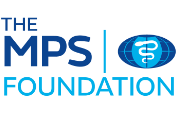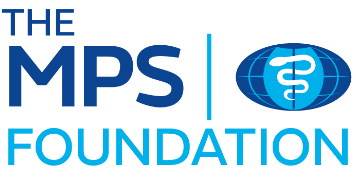Project title
Simulation of handover to improve patient safety (SHIP) study: A longitudinal mixed methods study to investigate the impact of an undergraduate handover simulation intervention on patient safety in Foundation practice.
Country
UK
Background
Effective handover of patient care is integral to safe, high quality clinical practice. This happens when responsibility for wards or caseloads is handed over between different shift teams. Poor handover is associated with diagnostic errors, treatment errors, information omissions, and delays in results of tests and treatment. Currently, handover is largely a skill learned ‘on the job’. This is problematic, not least for less experienced doctors. With inadequate training and heavy workloads, human factor issues, including cognitive overload, missed information, and lack of clarity around boundaries of responsibility increases. We hypothesise that some of these elements are amenable to teaching in medical school prior to commencement of the Foundation year.
Summary
We are taking the innovative approach of moving beyond viewing cohort handover as solely a skills-based task amenable to single strategy interventions for improvement. We are moving instead to a teaching programme with simulation at its centre that addresses all required skills (clinical reasoning, prioritisation, communication) but also emphasises the non-technical skills (leadership, active followership, resource mobilisation, etc.) element of a handover. We are drawing students’ attention to skills such as the ability to question and clarify plans to enhance patient safety, navigating team dynamics, and how to plan for an upcoming busy shift. Simulation is uniquely positioned to enact experiential learning about these essential but sometimes intangible aspects of practice.
Outcome
The project has several anticipated outcomes, including:
1. To increase knowledge, attitudes, and confidence around key non-technical skills relevant to handover for final year medical students.
2. To empower final year students to participate meaningfully in handover during their clinical attachments.
3. To achieve, from undergraduate training, improved postgraduate practice in handover for doctors, in a way that measurably decreases error inducing practices and promotes behaviours that enhance patient safety. This is measured via longitudinal follow up of our students into foundation practice.
4. To develop a package of effective training materials and resources for tutors and students to be used by interested institutions and training programmes after the above intervention and evaluation.

